
An instructive case that ties in to an APA presentation on "Treatment and Research of Treatment-Resistant Depression and Bipolar Disorder."

An instructive case that ties in to an APA presentation on "Treatment and Research of Treatment-Resistant Depression and Bipolar Disorder."

Here is just a sample of the many great presentations on schizophrenia at this year’s meeting.
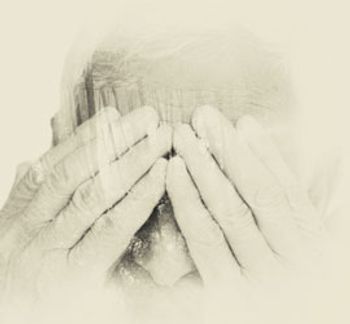
The patient did not just scream for more medication-he literally rolled on the floor, ranting and raving and demanding higher doses. Some may write him off as an "addict," but this case reaffirms the value of studying medicine before practicing psychiatry or psychopharmacology.

In order for older patients to derive greater enjoyment from their later years, clinicians must take special care during evaluation, treatment, and follow up when working with this growing population.

In the spirit of Freud’s recommendation to free associate in psychoanalysis, perhaps we can be inspired to do whatever we can for freedom, human dignity, and the future of children.
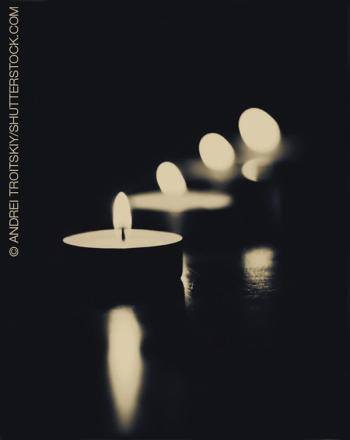
Like the body’s inevitable arrival at homeostasis, a bereaved person's mind settles-eventually. A peer-to-peer conversation from someone who has been there.
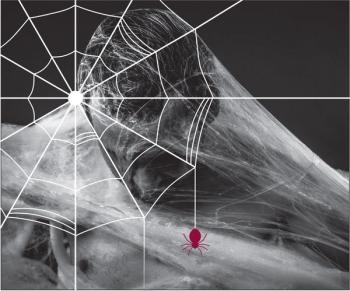
The articles in this Special Report provide a broad, cross-cutting perspective on the current state of addiction psychiatry, insofar as it may pertain to your own clinical practice.

While opioid dependence is among the most severe and lethal of addictions, it also has the most effective medication treatments. The authors provide 2 case vignettes and a step-by-step process for clinical decision making.
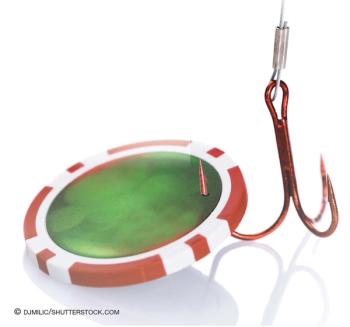
The loss of control over urges and behaviors may be the central component of gambling disorders, but there is so much more to consider. Individuals with these problems have exponentially higher rates of suicide attempts and completions.

A review of the pharmacological and symptomatic effects of various classes of designer drugs, including stimulants, hallucinogens, and sedatives.

Current trends are toward relaxing laws on cannabis, but no one knows the likely outcome. Will legalization mean an increase in consumption? Psychiatrists will be on the front lines if and when problems arise.
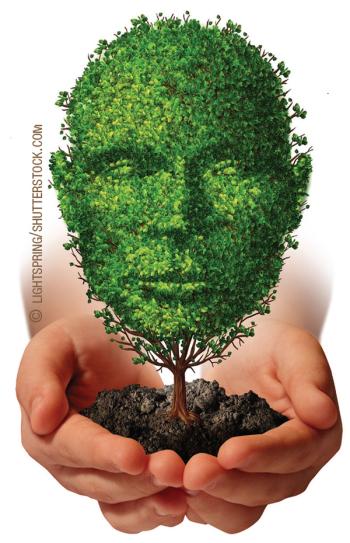
A discussion of treatment options to help foster the most effective psychosocial treatment for addiction.

Many people like to spend at least part of their free time playing video games. However, for some, what starts as innocent recreation becomes an addiction and, at times, tragedy ensues.

The authors provide information about the human-animal bond that may provide a starting point for understanding the development of animal-hoarding disorder.
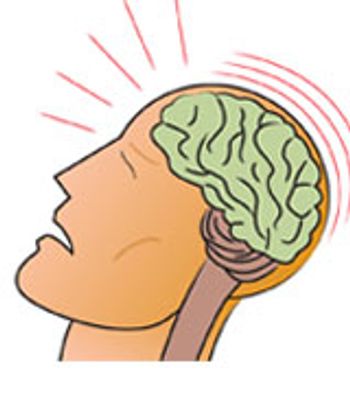
Is it possible to add creative twists to proven therapeutic techniques in order to encourage reluctant patients to try safe and effective treatments that we believe can benefit them? After reading the case, tell us what you think.
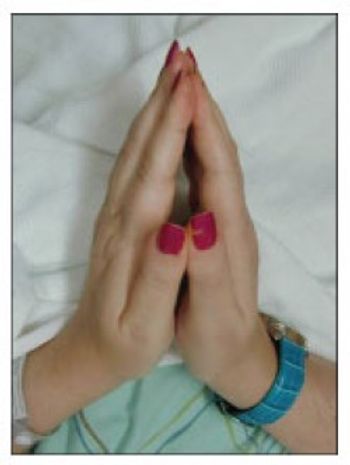
Watchman Nee’s suggestion of a potential link between spirituality and mental health is no longer foreign to the field of psychiatry. Recent studies indicate that spiritual beliefs may have a positive effect on mental health.
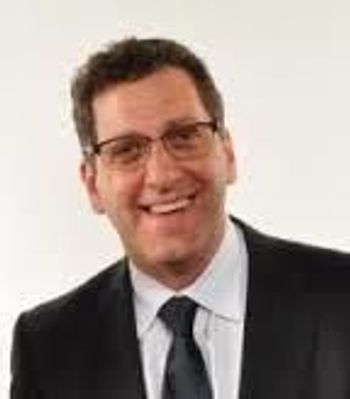
In the last 5 years, there has been an absolutely profound transformation in the ability to identify genes that contribute to autism and schizophrenia.
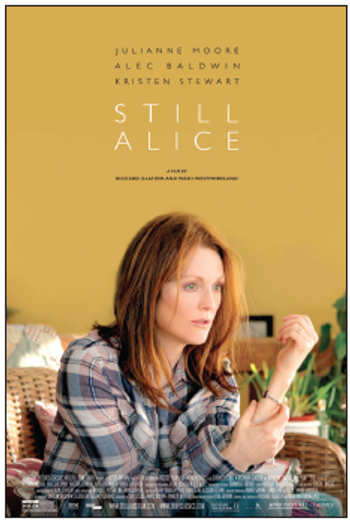
This film is a must-see for psychiatrists, not because it adds new information about the course of Alzheimer disease or its impact on families, but because it forces us to rethink issues that can affect our clinical practice.

For many of us who went into psychiatry, relieving the patient’s suffering is not a business enterprise, but an ethical and spiritual calling.

There are probably few health care professionals who are unaware of the concerns about the apparent overprescription of opioids. However, we have had only limited information on how good a job physicians may actually be doing in prescribing these medications.

Professions, psychiatry included, do not have a stellar record of protecting those they serve. Do we have reason to believe that professional organizations or corporate entities can be trusted to protect their clientele?
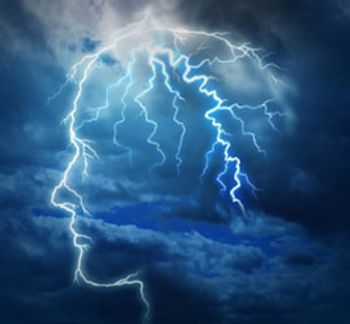
Lithium plays an important role in reducing morbidity and mortality associated with bipolar disorder. Psychiatrists can optimize the benefits of lithium by carefully choosing patients for long-term treatment and educating them about the risks and benefits.
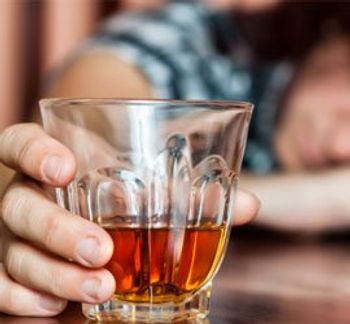
The authors use a 3-step process to identify and evaluate published research with findings that are ready for-and that have a direct bearing on-clinical practice.

In his Editorial, Dr Allan Tasman reflects on a recent meeting he attended in Asia and considers the implications for psychiatric service planning in the US.

Keeping the season in mind, what is your first impression of this image?
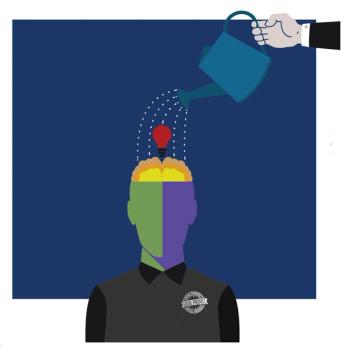
The author applies psychodynamic psychology to understand and recognize so-called "homegrown" terrorists, individuals who are familiar with American culture and thus more difficult to detect.

That’s how he’d like to go, he tells me, not by this slow seeding of liver and spine, not with all the tears and long good-byes.

Therapeutic lying, a concept that is currently seeping into the medical literature, is the practice of deliberately deceiving patients for reasons considered in their best interest.

“I may never know who you are,” writes this psychiatrist, “but if you provided medical or psychiatric care for the co-pilot of Germanwings Flight 9525, we are colleagues. And you too are his victims, of sorts. I hope your reputation does not suffer unduly.”

The recent tragedy with the Germanwings crash in the Alps has started a worldwide discussion about mental illness and suicide. NIMH Director Thomas Insel reflects on the larger issues we continue to face.